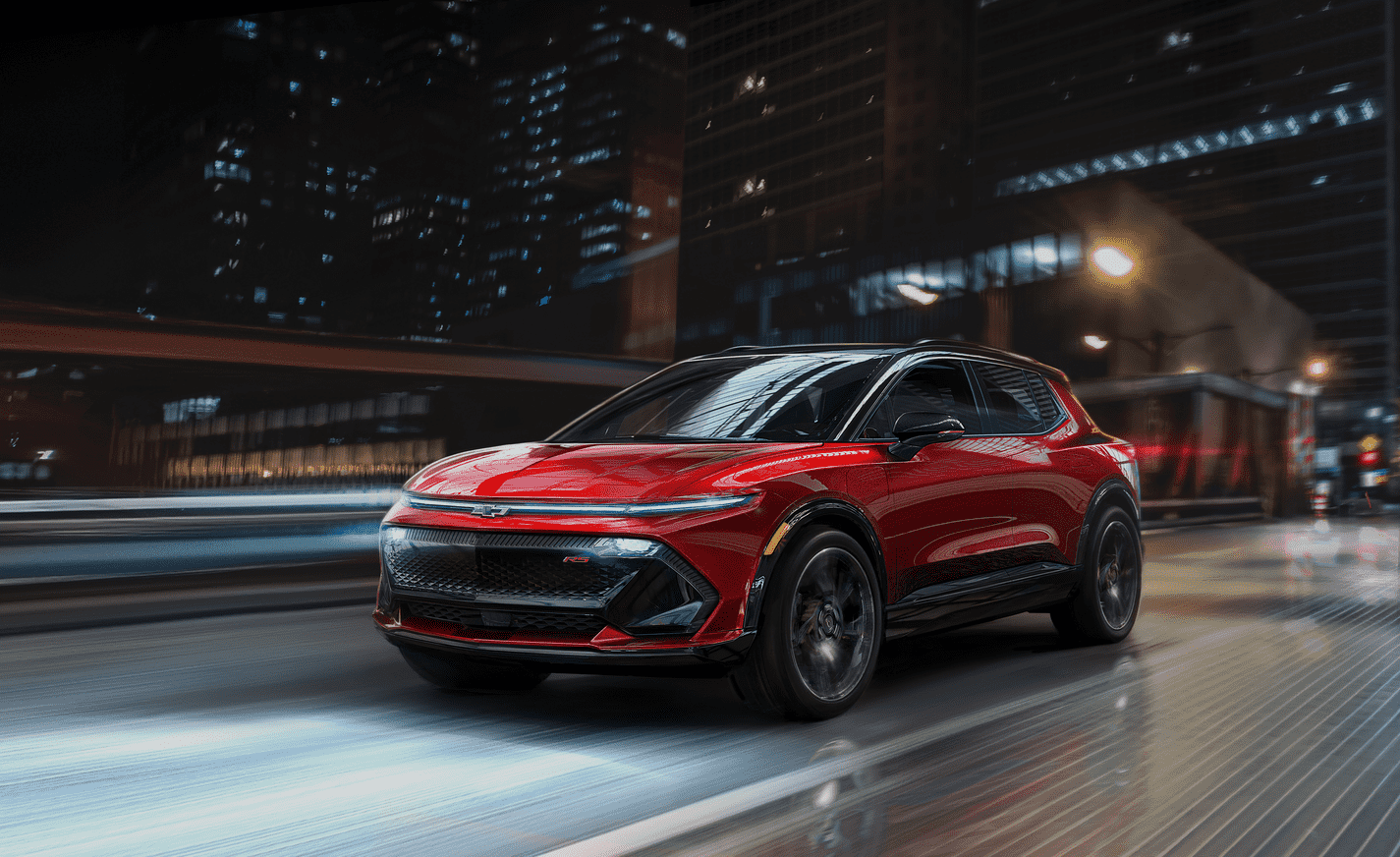Your starter plays a key role in the ignition system. When it fails, you’re stuck without warning. We’ve helped many drivers at Sarchione Chevrolet of Randolph who ran into starting issues without understanding what went wrong.
Before that happens, it helps to recognize what a faulty Chevy starter looks like and why it fails. We carry new Chevrolet models built to perform, but even the best systems wear out. That’s why knowing what to look for matters.
Signs You May Have A Faulty Chevy Starter
The most obvious sign is when your engine won’t crank. If you turn the key and hear a click with no engine response, the starter might be stuck or burned out. That click comes from the solenoid trying to engage the starter gear with the flywheel. A faulty solenoid or worn gear teeth can prevent proper contact, causing the engine to fail to turn over.
Some starters show intermittent issues before they fail completely. You might notice a slow crank in the morning that disappears later in the day. This usually means internal resistance is building inside the starter motor. As the windings break down or the brushes wear out, the motor loses strength and speed. That’s why the engine sounds sluggish during ignition.
Another red flag is visible smoke or a burning smell. When the starter stays engaged too long or fails to disengage after the engine fires, it overheats. This not only damages the motor but also puts strain on the flywheel and battery. Drivers often confuse this issue with battery problems, but it actually stems from an internal short or a stuck gear.
Buzzing or grinding noises also point to mechanical wear. If the pinion gear doesn’t mesh correctly with the flywheel, it can grind the teeth. This makes the noise loud and sharp during startup. In some cases, misalignment inside the starter housing can cause the gear to jam or slip, especially if the bolts holding the unit loosen over time.
What Causes Starter Failure In Chevrolet Vehicles
Heat and age remain the two biggest reasons starters fail. Under-hood temperatures stress electrical connections and insulation. Over time, the wires inside the starter break down or short out. Repeated exposure to heat and road debris also wears out the gear mechanism and solenoid.
Low battery voltage can make things worse. Starters draw a lot of power to crank the engine. If the battery drops below optimal charge, it forces the starter to work harder. That shortens the motor’s life and burns out internal parts faster. Corrosion on battery terminals or loose connections can make this issue worse by limiting power flow.
Oil leaks from valve covers or seals sometimes reach the starter. Once oil gets inside the housing, it gums up the motor and creates resistance. This kind of damage usually happens over time, so many drivers miss it until the starter completely fails. Moisture from wet road conditions or car washes can also seep into the starter if the seals weaken.
When To Replace Your Starter And What To Expect
When starting problems become frequent, it’s time for a professional diagnosis. Our technicians can test current draw, check for voltage loss, and inspect the mounting points. Starter problems don’t fix themselves. They often lead to secondary damage if ignored. Replacing a starter also gives us a chance to inspect the flywheel and battery health.
We don’t recommend waiting until the engine refuses to start. Sudden failures create delays and stress during busy schedules. Instead, bring your vehicle in for inspection when warning signs begin. That helps avoid breakdowns and protects surrounding systems. If you’ve experienced any of these issues, schedule a service with us and let our team restore your peace of mind.


